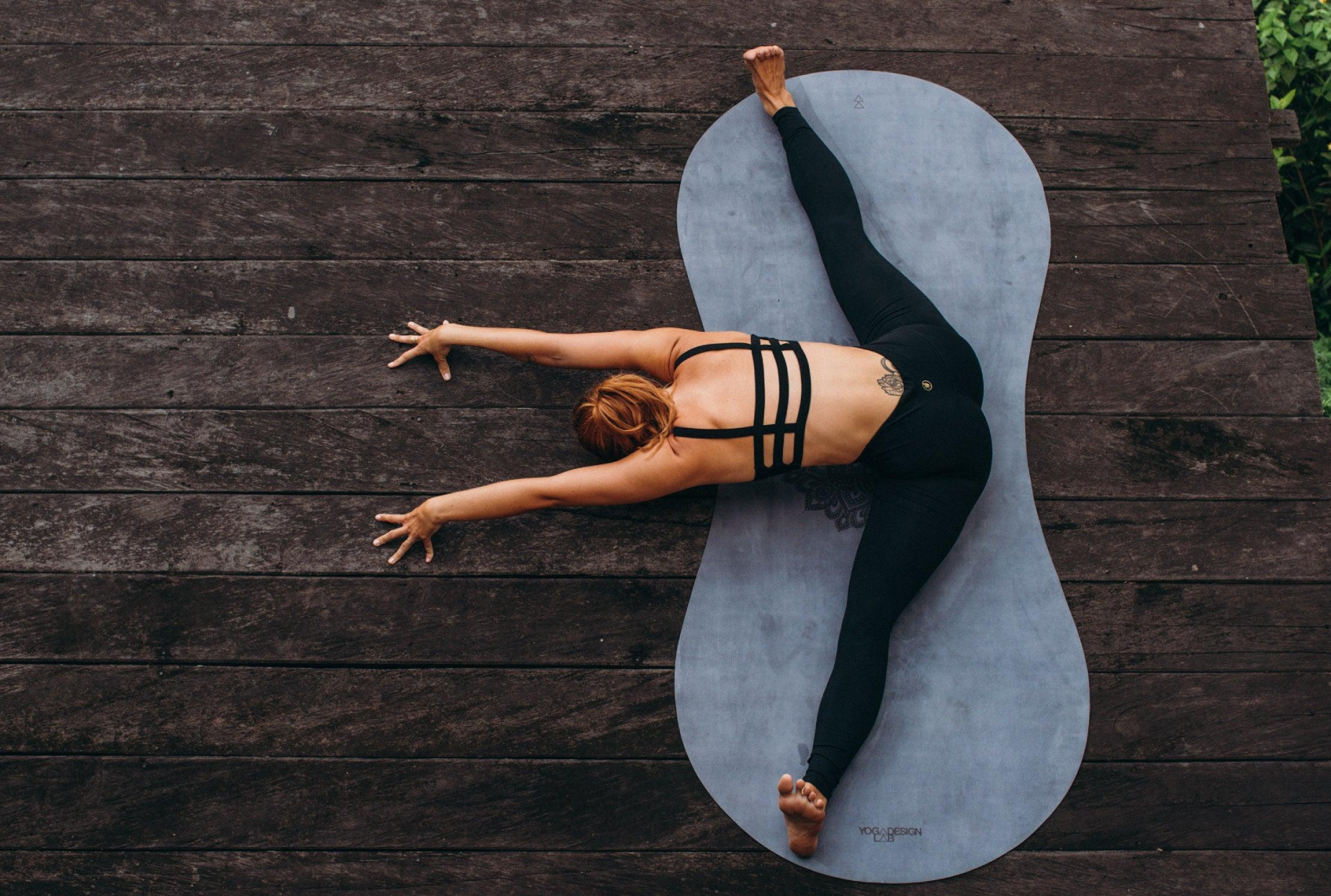Yin Yoga
-
Yin Yoga is a slow-paced style of yoga that involves holding passive poses for an extended period, typically anywhere from 3 to 5 minutes, or even longer. Unlike more dynamic styles of yoga that focus on muscle engagement and movement, Yin Yoga targets the deeper connective tissues in the body, such as ligaments, tendons, and fascia, to improve flexibility, joint health, and overall mobility.
-
Here are some key aspects of Yin Yoga:
-
Long Holds: Poses are held for a longer duration compared to other yoga practices, which allows the body to release deeper layers of tension and stress.
-
Passive Poses: In Yin Yoga, you’re encouraged to relax into the pose and use props (like blocks, bolsters, and blankets) for support. This helps avoid muscle engagement, allowing the focus to shift to the deeper tissues.
-
Focus on Connective Tissue: While other forms of yoga primarily target muscles, Yin Yoga focuses on lengthening and stretching the connective tissues, which can help improve joint flexibility, increase circulation, and release deep-seated tension.
-
Mindfulness and Breath: Yin Yoga also emphasizes mindfulness and being present in the moment. Practitioners are encouraged to focus on their breath and notice sensations in the body as they hold each pose, which fosters relaxation and a sense of calm.
-
Calming and Restorative: Yin Yoga has a meditative quality, as the long holds in the postures can stimulate a deep sense of relaxation, which calms the nervous system and helps reduce stress.
-
-
Yin Yoga is a great complement to more active or dynamic forms of yoga (like Vinyasa or Ashtanga) and is often used to balance physical activity with rest and deep tissue stretching. It’s especially beneficial for improving flexibility, increasing circulation, and promoting mental clarity and relaxation.









